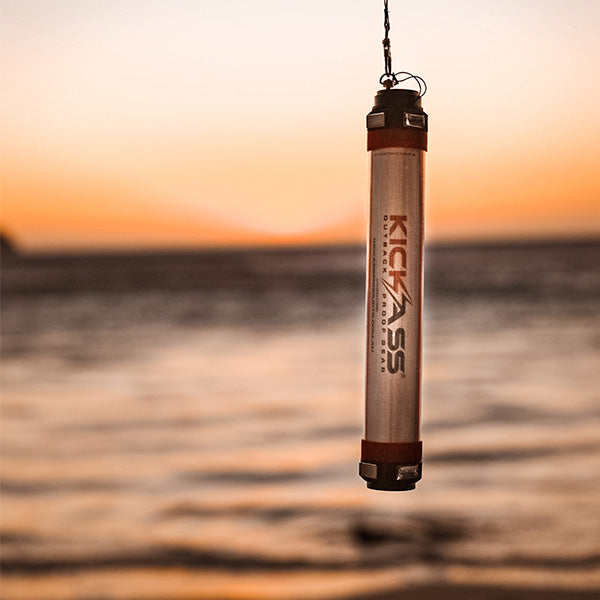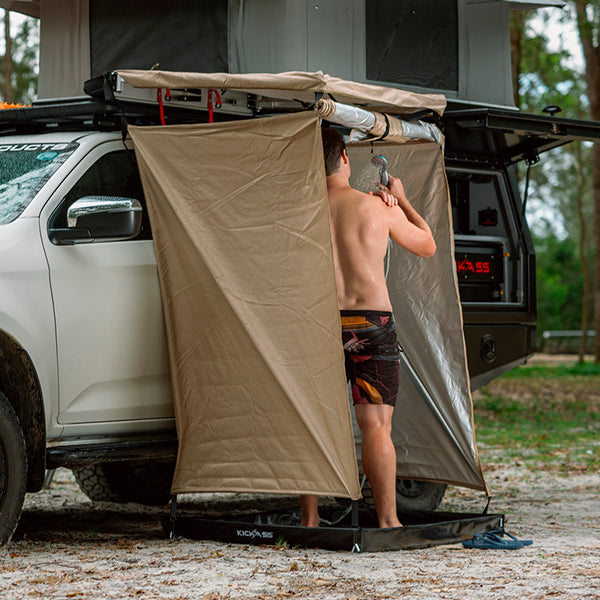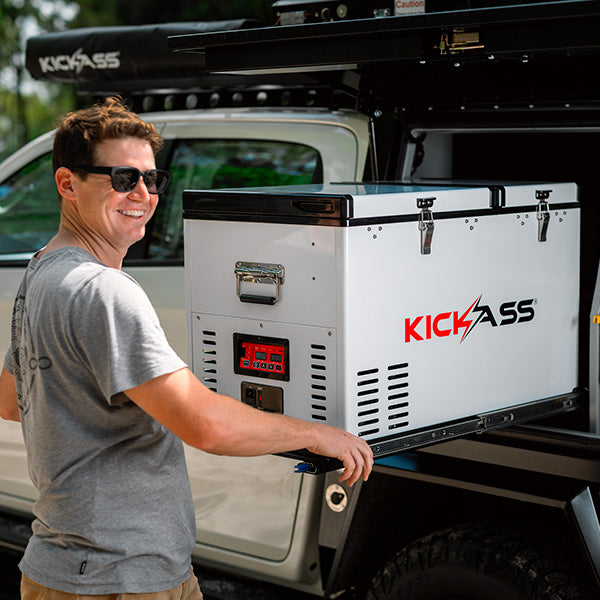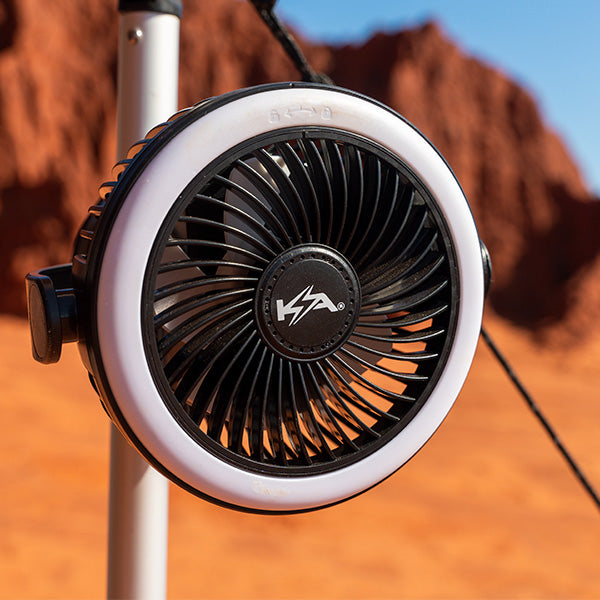
Conquering Dakar – KickAss Sponsors Glen Brinkman at the Legendary Dakar Rally
We love to power adventure, and we pride ourselves on being relentlessly KickAss! So we thought it’d be pretty awesome to sponsor champion rally car driver Glen Brinkman as he takes on the legendar...

Gear Up for Your Getaway: More KickAss Must-haves for the Holidays
KickAss has done the work for you! Check out even more holiday must-haves to make your next getaway a total ripper. Wherever you’re going. Whatever you’re doing. Make it KickAss.

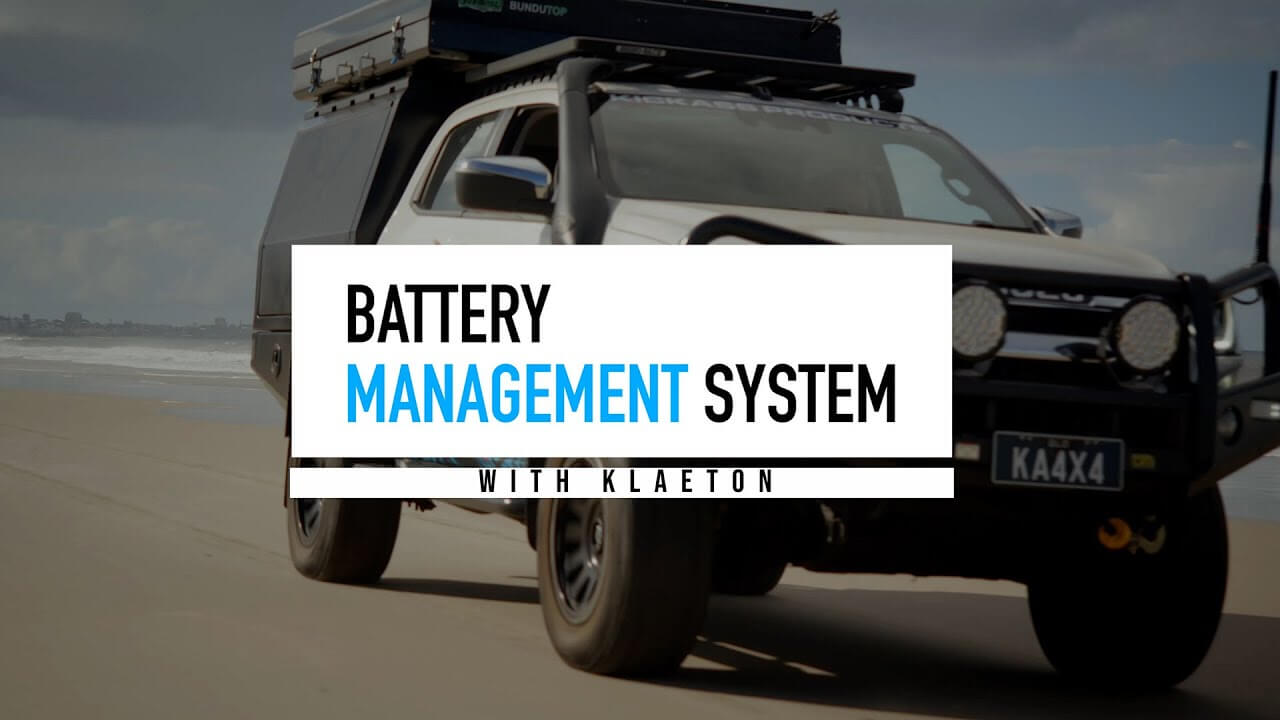
Inside the World of Battery Management Systems (BMS)
A deep dive into the heart of lithium battery technology: the Battery Management System (BMS).

Lithium vs. AGM Batteries: A Guide for Off Grid Adventurers
Unlock Power: Lithium vs. AGM Batteries Explained! Choose the Best for Your Adventure.
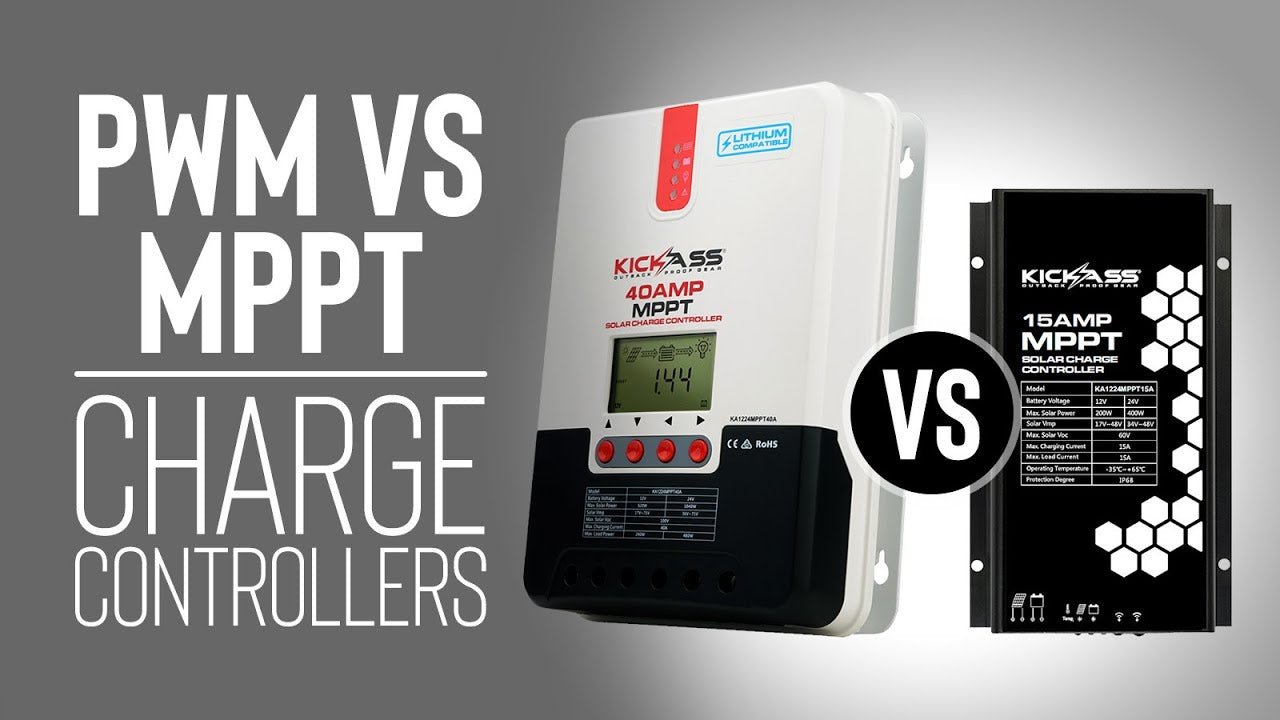
Understanding PWM vs. MPPT Charge Controllers
Discover the Key Differences: PWM vs. MPPT Charge Controllers. Maximize Your Solar System's Efficiency!
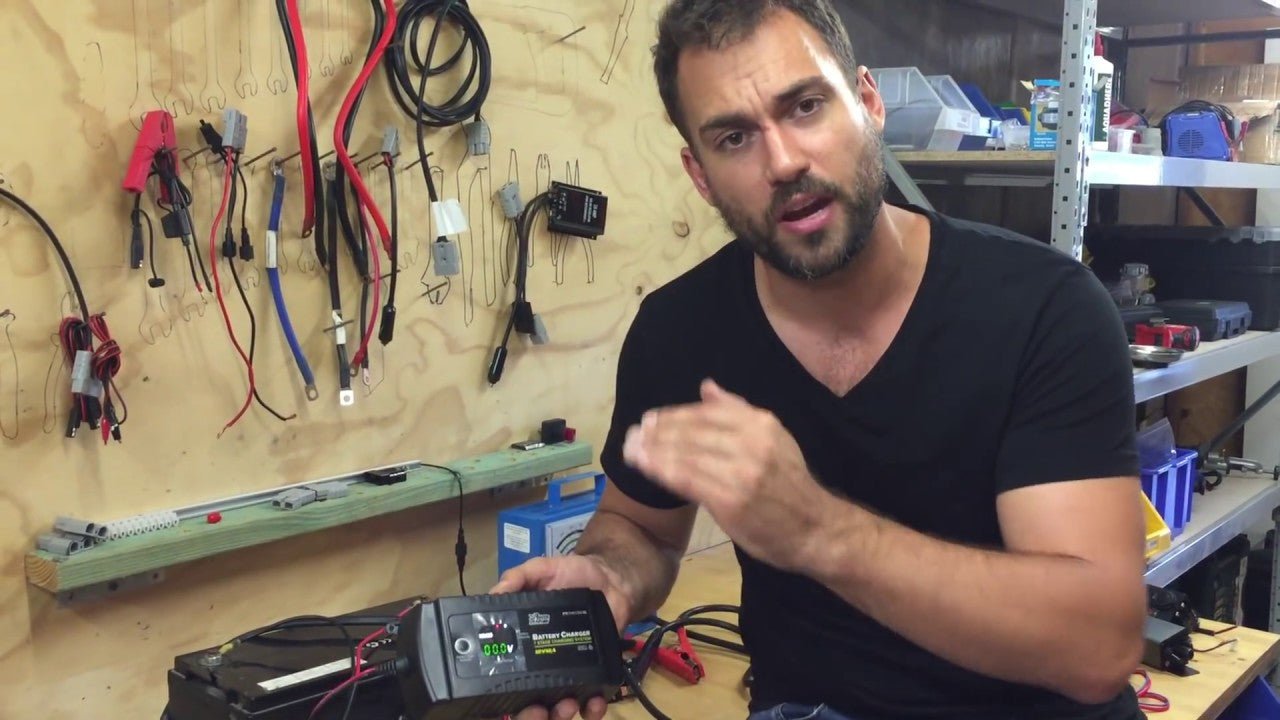
How to Ensure Your AGM Deep Cycle Batteries Last Longer
It's a common misconception that batteries fail solely due to manufacturing faults, but in reality, improper maintenance and usage play a significant role. Through this guide, we aim to equip you w...

